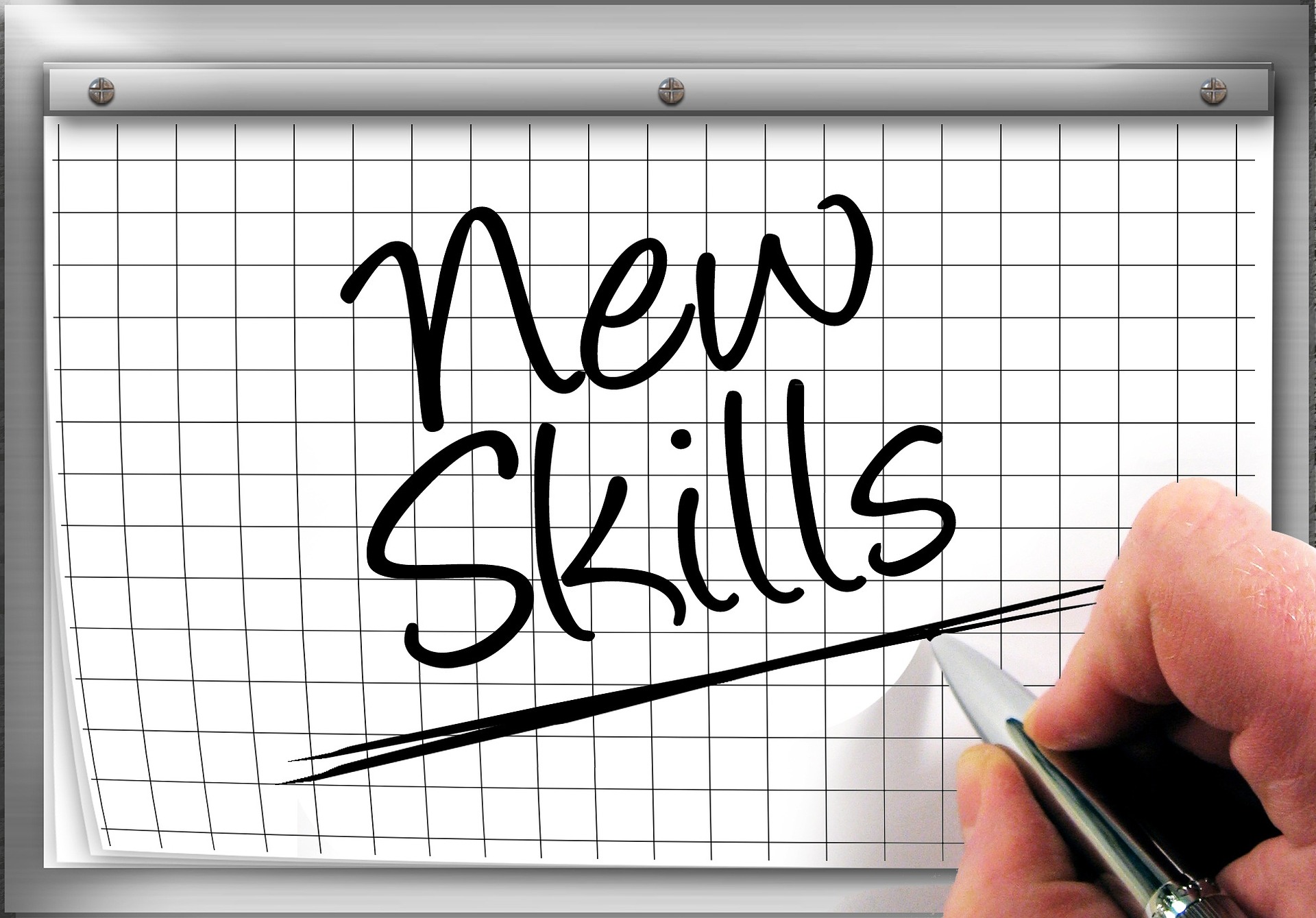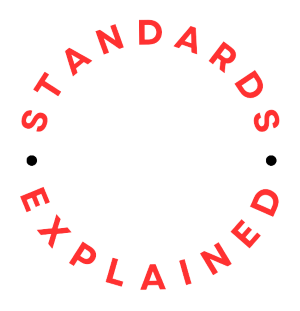A typical agenda for a Management Review Meeting in the context of internal standards can include the following items.
Opening and Welcome
- Welcome and introduction by the chairperson or meeting facilitator.
- Confirmation of attendance and introduction of participants.
Review of Previous Meeting Minutes
- Review and approval of minutes from the previous Management Review Meeting.
- Follow-up on action items and decisions made during the previous meeting.
Organizational Performance Review
- Presentation and discussion of organizational performance against established objectives, targets, and key performance indicators (KPIs).
- Analysis of trends, patterns, and variances in performance data.
- Identification of areas of achievement and opportunities for improvement.

Compliance Assessment
- Review of the organization’s compliance with internal policies, procedures, and standards.
- Examination of adherence to legal, regulatory, and contractual requirements.
- Discussion of any instances of non-compliance and actions taken to address them.
Risk Management Review
- Assessment of risks and opportunities affecting the organization’s objectives, operations, and stakeholders.
- Review of risk assessment findings, risk mitigation measures, and risk treatment plans.
- Discussion of emerging risks and changes in the risk landscape.
Customer Feedback and Satisfaction
- Presentation and analysis of customer feedback, complaints, and satisfaction surveys.
- Review of customer satisfaction scores, trends, and areas for improvement.
- Discussion of strategies to enhance customer satisfaction and address customer concerns.
Process/Product Performance
- Evaluation of process and product/service performance based on internal audits, inspections, and reviews.
- Examination of process efficiency, effectiveness, and compliance with quality standards.
- Identification of process bottlenecks, defects, and opportunities for optimization.
Resource Management
- Review of resource allocation, utilization, and availability (e.g., human resources, infrastructure, finances).
- Assessment of training and competency levels of personnel.
- Discussion of resource needs and allocation priorities.
Continual Improvement Initiatives
- Update on ongoing improvement projects, initiatives, and corrective actions.
- Assessment of the effectiveness and progress of improvement efforts.
- Identification of new improvement opportunities and allocation of resources for improvement projects.
Management System Review
- Evaluation of the effectiveness and suitability of the organization’s management system.
- Examination of management system processes, controls, and documentation.
- Discussion of opportunities to enhance the management system and drive continual improvement.
Strategic Planning and Direction
- Review of strategic objectives, goals, and initiatives.
- Discussion of strategic challenges, market trends, and competitive landscape.
- Alignment of organizational strategy with operational plans and performance objectives.
Decision-making and Actions
- Discussion and decision-making on key issues, recommendations, and action plans.
- Assignment of responsibilities, timelines, and resources for implementing decisions.
- Confirmation of follow-up actions and next steps.
Closing Remarks and Adjournment
- Summary of key outcomes and decisions from the meeting.
- Appreciation for participation and contributions from attendees.
- Announcement of the date, time, and agenda for the next Management Review Meeting.
- Adjournment of the meeting.
By following this typical agenda, the organization can conduct effective Management Review Meeting to assess performance, identify opportunities for improvement, and drive strategic decision-making in line with internal standards and objectives.
